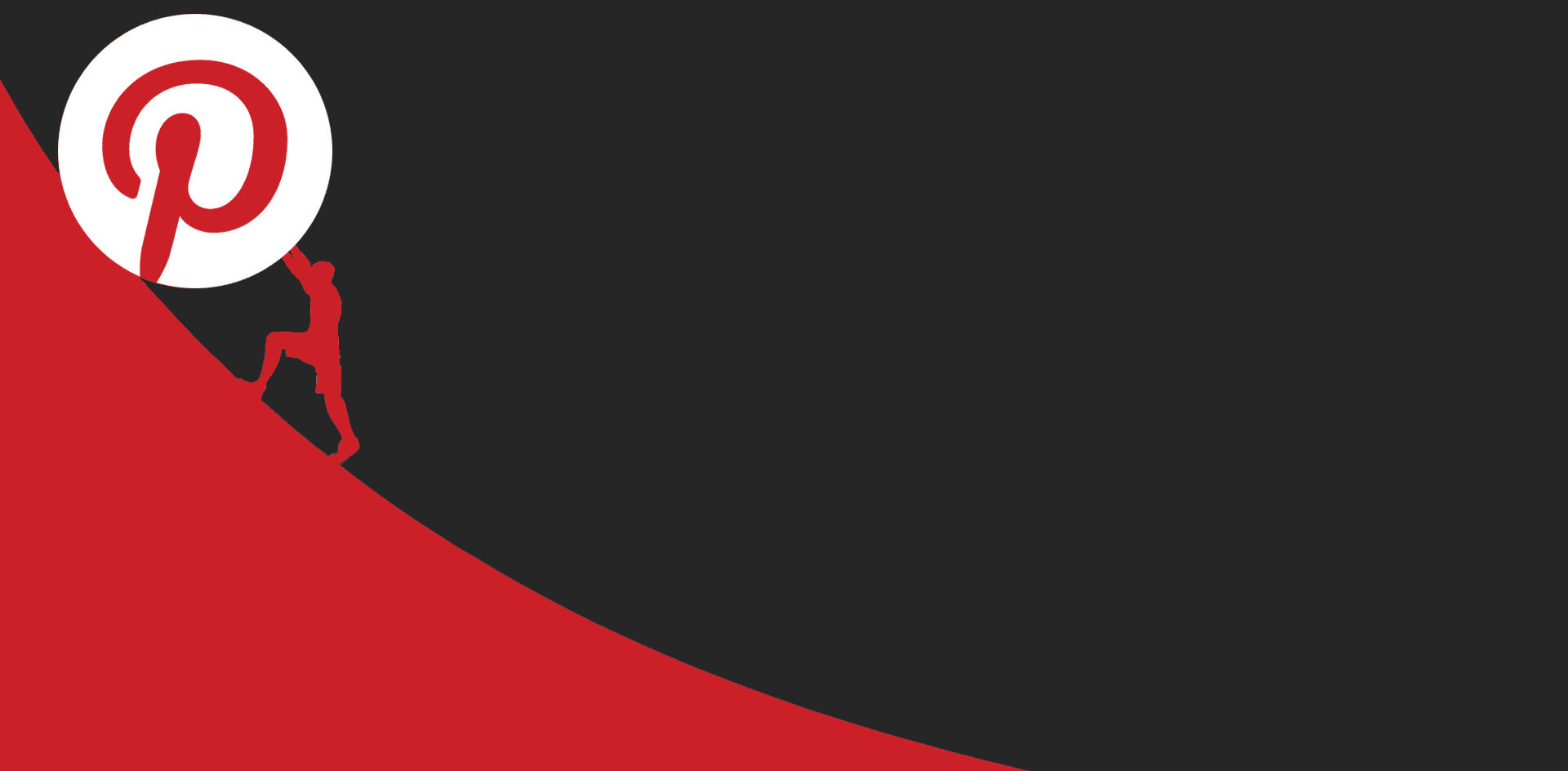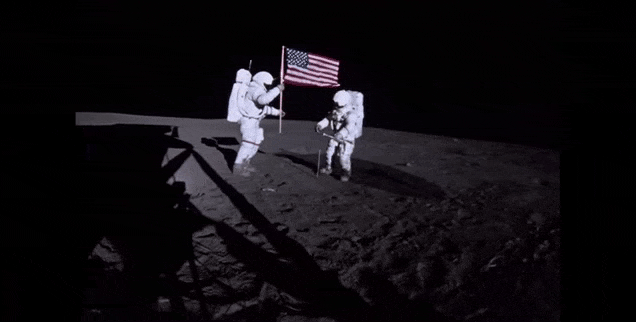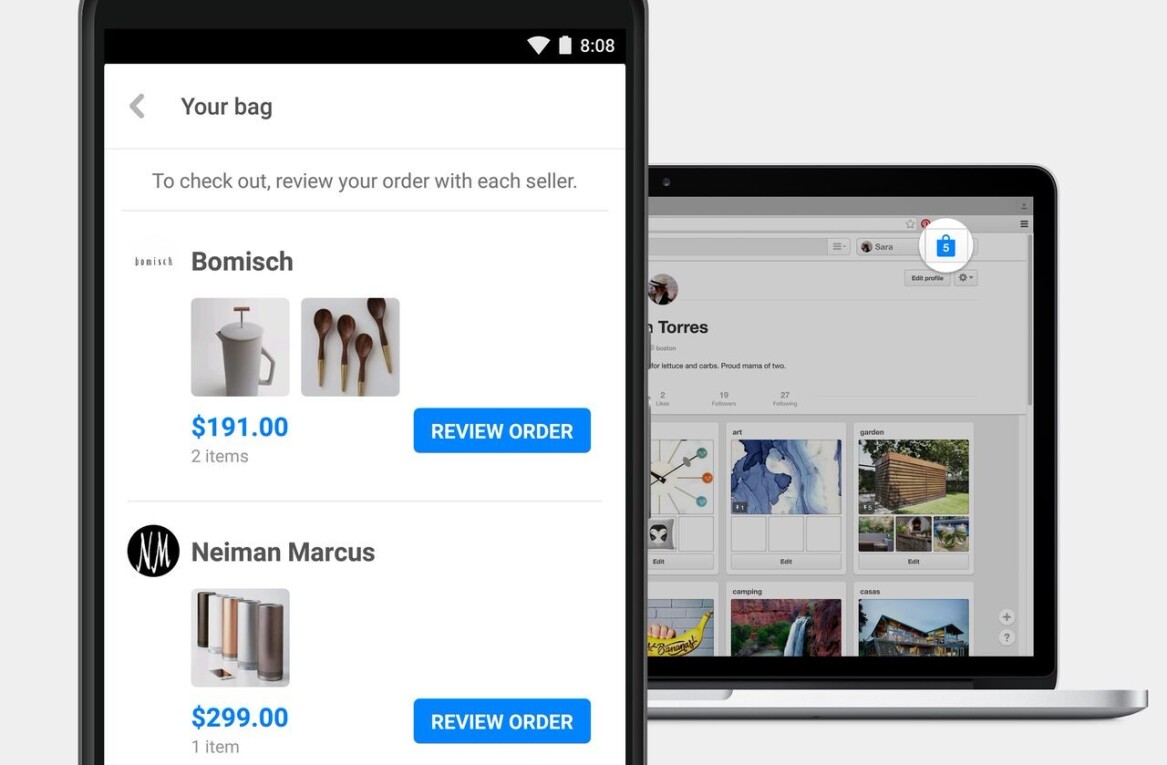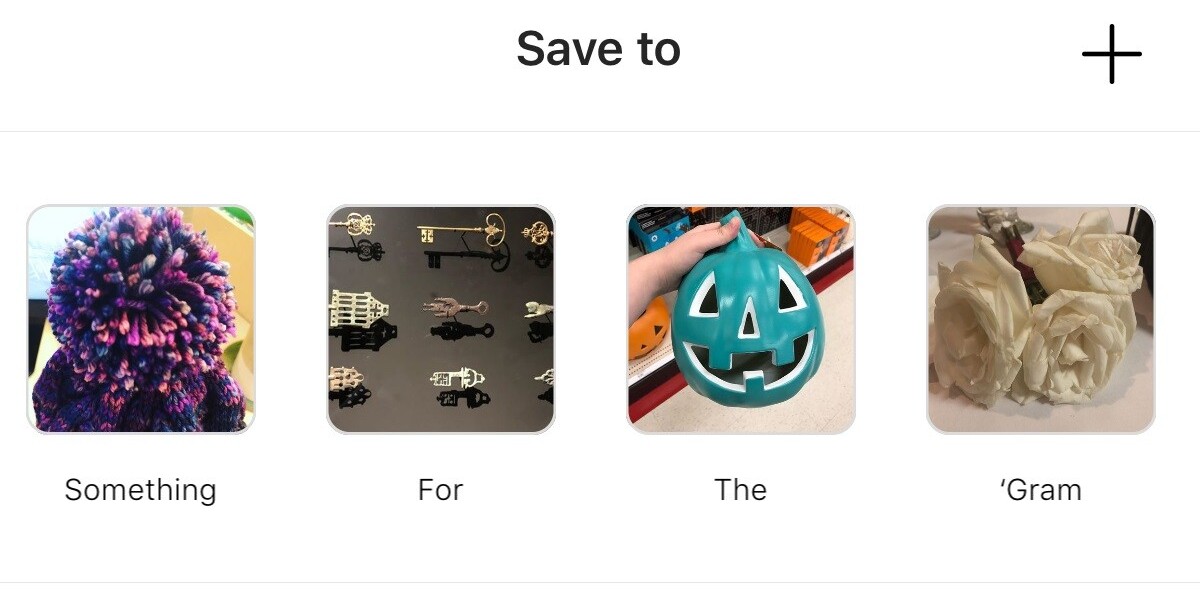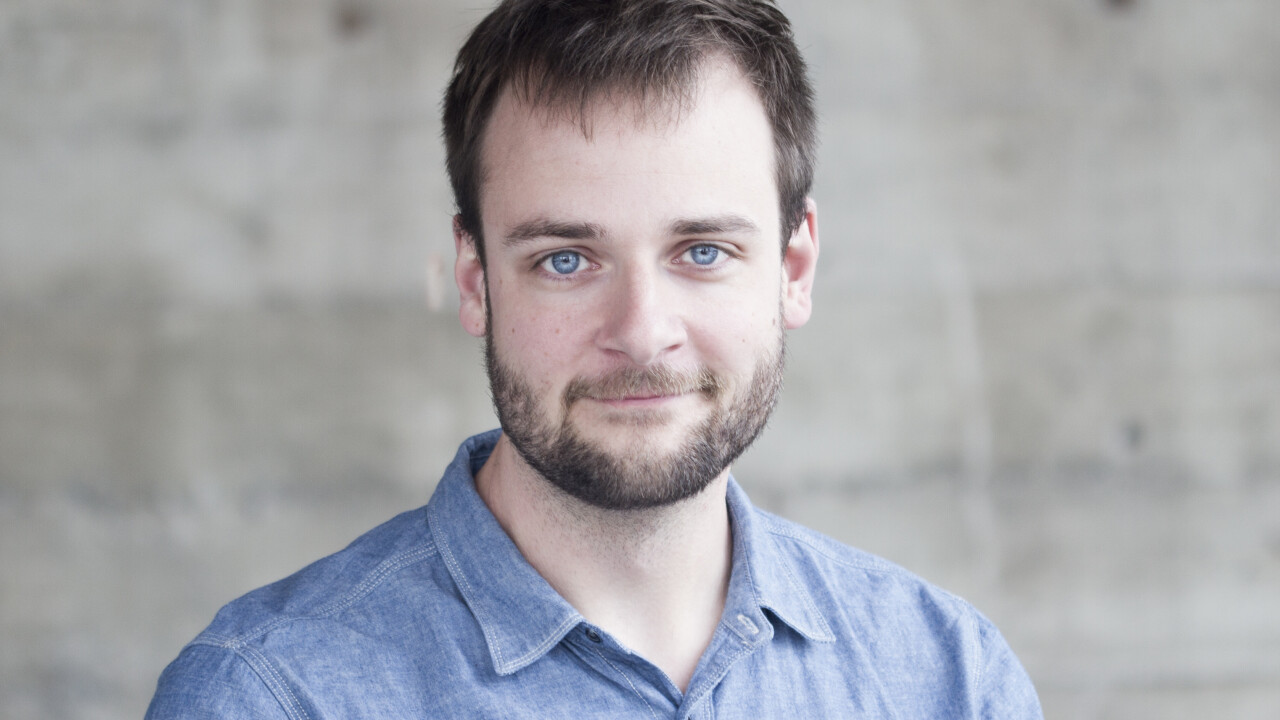
Pinterest co-founder Evan Sharp is cool, calm and collected. He talks in a softened tone and all of his responses are carefully considered.
Pinterest is exactly the same. Since the company launched its visual bookmarking service in 2010, it’s blossomed as an effortless way to capture, organize and share content online. But as the platform has matured, Pinterest has never strayed too far from its original vision. While some startups have tried to shoehorn the latest trends – private messaging being one of the most prominent – Pinterest has stuck to its guns, only iterating on its core features.
Last week, the company announced a new discovery tool for mobile devices called Guided Search. It suggests granular topics based on an initial search query; shoes might promote boots, running and heels, for instance. But Pinterest is also experimenting with Promoted Pins – a spin on native ads – and Rich Pins, which bolt on extra content, information or features.
Sharp spoke about “designing discovery” at TNW’s Europe Conference last week (see above). Afterwards, I took the opportunity to talk with him about Pinterest’s latest developments, as well as the future of the platform.
TNW: How long has Pinterest been working on Guided Search?
Evan Sharp: Three months.
TNW: That’s a quick turnaround.
ES: Very fast. That’s not even an exaggeration. We just put a small team together, one designer and a couple of engineers and asked them to do something different from traditional search – because I think our product is very different from most search engines.
TNW: How does it improve on the previous search experience?
ES: It simply bubbles up the most common things people search for when they use that word. What I think is really interesting about that concept is that, a lot of the time, people aren’t sure what they’re looking for. Or aren’t quite sure how to articulate their question or problem. This makes it easier to start searching and say, “I’m thinking about shoes or trainers” and from there to make it more specific over time as you better understand what’s interesting to you.
TNW: I suspect it creates a ‘rabbit hole’ effect and improves session times too?
ES: I hadn’t thought about it that way, but I think you’re right in that hopefully it’s more useful to people – we have 30 billion pins now – so this is an opportunity to make all of those pins more accessible, rather than just the things they’re following on the site – which is now just one facet for discovering the possibilities [on Pinterest].
TNW: 50 percent of those 30 billion pins were added in the last six months. What do you think caused such rapid growth?
ES: The product gets better with more content. So part of that is just the network effect – there’s more to discover now and I think we’ve made a lot of small but meaningful improvements to areas such as showing related pins and making it easier to find people to follow. It’s just more useful and more personalized now than it has been in the past.
I think that helps people pin more because they discover better things. So a lot of our focus is on that and it’s on helping people discover more relevant stuff. It’s very high level I know, but it’s true and that’s the framework we think about right now, with all of the different things we’re working on.
TNW: Pinterest was translated into a number of new languages recently, including Hindi. Has that contributed at all?
ES: It’s definitely a part of it. We’re still growing strongly in the US – very strongly – but this year it’s about growing internationally and understanding both how to make the product relevant and translate it, but also how to build communities that are more attuned to the culture we’re building in. Because the product isn’t about friendships. It’s not a messaging app like most of these big startups, it’s about culture, for lack of a better word.
I do think we’re trying to take a different approach. We’re not to going to build just through friend-to-friend network effects, we’re going to build through community building, so the first thing we have to do is translate obviously – that’s a big focus for us this year.
TNW: In January, you previewed a feature called Interests. How important is that to Pinterest on the web?
ES: That’s very much a long-term product for us. Since we launched the website four years ago, we’ve had categories, 32 of them, which we just hand-picked based on what we thought was interesting. They’re really popular and they drive a lot of repins for us.
But we thought it would be better if they felt more personalized. No matter who you are, only a handful of those 32 are probably relevant to you. For example, if you’re a man, men’s fashion is great, but women’s fashion probably isn’t what you’re looking for. So the idea is to take that page and make it more about your interests, rather than the community’s broader interest set.
So recently we announced the ability to add interests, so you can literally say “I’m interested in rock climbing” and that will populate, today, a feed of pins just like a category feed.
TNW: How are you categorizing pins for this feature?
ES: It’s evolving over time. There are several methodologies and we are trying to work out the best one to create the best product. We started by parsing all of our pins and pulling out the ones that we thought had a lot in common – so using the dictionary for interests based on literary search technology. But the idea is to make them more community focused and more about people and what they’re interested in. How they self-describe their interests over time, rather than just the search technology we have today.
TNW: Will it become the Pinterest homepage?
I would make no assumptions about our design, it can change at any moment! It’s my thing and where it lives will change over time.
TNW: You’re currently experimenting with Promoted Pins. How do you strike the balance between ads and user-created pins?
ES: I think we’re really lucky. We’re crazy careful about community stuff, about the design and about what we put up on the site, in the app and in the service. So it’s taken us a while to get it launched and it’s literally for that reason.
So we’re saying “Do we have the right policies and the right design?” We aspire for the ads to be additive and I think we’re one of the few services where it actually could happen – just because it’s literally a place where people are discovering things. So the form of an ad, and the form of a pin have a lot in common.
TNW: Do you see Promoted Pins as being an important revenue source for Pinterest?
ES: Yeah, definitely. Long-term it’s hard to say anything with certainty, but in the short-term that’s the plan.
TNW: With Rich Pins, Pinterest is accommodating new types of content. Do you see pins becoming more than just photos?
ES: Definitely. Photography is a medium – not an object type – and it’s a really great medium, because I think discovery is a very visual thing for people. It’s very easy to parse lots of objects visually, but it’s a little bit harder if you have titles in there and words to read.
The way I think of a pin is literally like an object. It’s very abstract – that’s a recipe, that’s a product, that’s a place – and the list of objects that we can support on this service, will grow and grow over time as we build more features.
TNW: Do you look at wearables and see opportunities for Pinterest?
ES: Yeah, there’s a heck of a lot of opportunity in the idea of bridging the divide between the physical and digital world. Which is insightful, I think. We’ve got to get a product that people want to use first – I don’t think any of [the current] products [on the market] yet are that good.
But I’m sure we’ll get there. I have confidence that someone will figure out the right cocktail. But when we do, I think we have a massive opportunity – everyone does, but Pinterest especially – because there’s so much relationship between those spaces in the digital world where we browse for objects, and our digital representation and the way we keep those with us as we travel.
Image Credit: Pinterest
Get the TNW newsletter
Get the most important tech news in your inbox each week.


